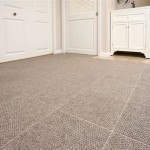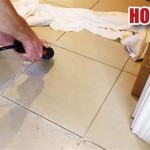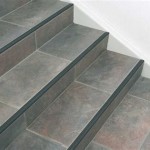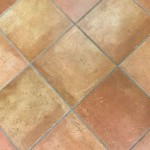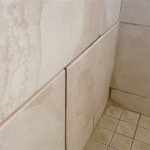Can You Lay Ceramic Tiles On Sand And Cement Boards?
Ceramic tiles offer a durable and aesthetically pleasing finish for various surfaces, from bathroom walls to kitchen floors. The substrate, or underlying layer, plays a crucial role in the longevity and success of a tiled installation. This article explores the suitability of sand and cement boards as substrates for ceramic tile installations.
Sand as a Substrate for Ceramic Tiles
Sand, in its raw form, is generally unsuitable as a direct substrate for ceramic tiles. Its loose and shifting nature prevents the necessary stability for a successful tile installation. The adhesive used to bond the tiles requires a firm and unyielding base to achieve a lasting bond. Movement in the sand, due to settling, moisture changes, or vibrations, will inevitably lead to cracked tiles and grout lines, compromising the integrity of the entire installation.
However, sand plays a vital role in specific tiling applications. In outdoor patios and walkways, a compacted sand base often serves as the foundation layer beneath other materials like mortar beds or paving slabs. This compacted sand layer provides drainage and a level surface for the subsequent layers, ultimately contributing to the stability of the overlying tiles. It is important to note that the tiles are not adhered directly to the sand itself.
Furthermore, sand is a key component in mortar mixes used for setting tiles. Combined with cement and water, sand forms a strong and adhesive bed that bonds the tiles to a stable substrate like concrete or cement board.
Cement Boards as a Substrate for Ceramic Tiles
Cement boards, also known as cement backer boards, are specifically designed as substrates for tile installations. Constructed from cement, aggregates, and reinforcing fibers, these boards offer exceptional dimensional stability and moisture resistance. Unlike plywood or drywall, cement boards are impervious to water damage, making them ideal for wet areas like bathrooms and showers. They provide a solid, unyielding surface for tile adhesives to bond to, minimizing the risk of cracking or loosening over time.
Cement boards come in various thicknesses and sizes, catering to different applications. Thinner boards are suitable for wall applications, while thicker boards are preferred for floor installations where greater load-bearing capacity is required. When installing cement boards, proper spacing and the use of alkali-resistant mesh tape at the joints are essential for preventing cracks and ensuring a smooth, even surface for tile adhesion. Furthermore, the use of appropriate screws, designed specifically for cement board installations, is crucial for secure fastening and preventing corrosion.
Combining Sand and Cement: Mortar Beds
While sand is unsuitable on its own, it becomes a crucial component when combined with cement to create a mortar bed. A mortar bed is a thick layer of mortar applied over a concrete slab or other stable substrate, providing a level and stable base for setting tiles, especially in larger areas or where slight imperfections in the underlying surface need correction. This traditional method offers excellent durability and flexibility, allowing for intricate tile patterns and accommodating minor variations in tile thickness.
The composition of the mortar bed is crucial. The correct ratio of sand, cement, and water ensures proper workability, strength, and adhesion. The mortar bed is typically applied in layers, with each layer allowed to cure before the next is added. Once the mortar bed has fully cured, the tiles can be set using a thin-set mortar, ensuring a robust and long-lasting tile installation.
Choosing the right substrate is paramount for a successful tile installation. While sand alone provides inadequate support, cement boards offer a stable and moisture-resistant foundation for ceramic tiles. Alternatively, incorporating sand into a cement mortar bed provides a strong and adaptable base, particularly for larger tile installations and uneven surfaces. Understanding the properties and limitations of each material is essential for selecting the appropriate substrate for a specific project, ensuring a durable and aesthetically pleasing tiled surface.

Excellent Building Bedroom Floor With Sand Cement How To Install Ceramic Tiles Step By
:max_bytes(150000):strip_icc()/can-you-install-tile-directly-on-concrete-1822600-04-458f7bb6c78348c1835cf8054ef36553.jpg?strip=all)
How To Install Tile Over Concrete
When Cementing Tile Why Do People Add Rows To The Cement Instead Of Just Leaving It Smooth Quora
How To Lay Floor Tiles On Concrete Stonesuper
Can You Apply Tiles Over Cement Flooring In Bathrooms Do We Have To Waterproofing Below It Quora

How To Install Ceramic Tiles On Concrete Floor Tile Installation

How To Install Ceramic Tiles On Concrete Floor Tile Installation
:max_bytes(150000):strip_icc()/can-you-install-tile-directly-on-concrete-1822600-01-8a89ceab1a274fb8ac81890ab7fc6b1b.jpg?strip=all)
How To Install Tile Over Concrete

Cement Sand Ratio For Tiles Flooring What Is Of Used To Fix On Floor

Installing Cement Backerboard For Tile Flooring Hometips
Related Posts

